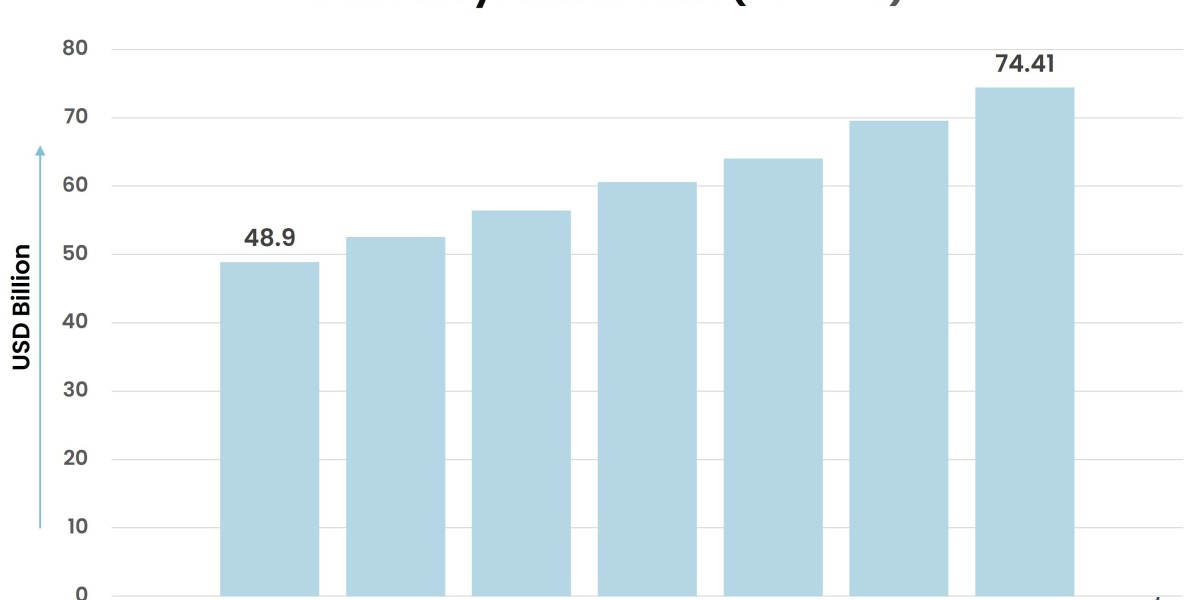The global ferroalloys market plays a critical role in the production of steel and other alloys, serving as a key component in enhancing the mechanical and chemical properties of metals. Ferroalloys, a combination of iron with other elements like silicon, manganese, and chromium, are essential in improving strength, durability, and corrosion resistance in various metal products. As industries continue to evolve, several growth drivers are shaping the expansion of the ferroalloys market.
According to Stratview Research, the ferroalloys market was estimated at USD 48.9 billion in 2022 and is likely to grow at a CAGR of 7.2% during 2023-2028 to reach USD 74.41 billion in 2028.
- Rising Steel Production
One of the most significant growth drivers of the ferroalloys market is the rising demand for steel, particularly in developing economies. Ferroalloys such as ferrochrome, ferromanganese, and ferrosilicon are vital inputs in steelmaking, improving its hardness and reducing impurities. The construction, automotive, and infrastructure sectors heavily rely on steel, fueling the need for ferroalloys. The rapid industrialization and urbanization in regions like Asia-Pacific, especially in China and India, have created immense demand for steel, thereby boosting the consumption of ferroalloys.
- Expansion of the Construction and Infrastructure Sector
The ongoing global expansion in the construction and infrastructure sectors is another key driver for the ferroalloys market. Ferroalloys enhance the structural integrity of steel, making it more durable for use in buildings, bridges, and other infrastructure projects. With increasing government investments in infrastructure development and smart cities, the demand for steel and its associated materials, including ferroalloys, is set to rise. This is particularly prominent in emerging economies where the need for modern infrastructure is high.
- Automotive Industry Growth
The automotive industry is a major consumer of high-performance steel, which relies heavily on ferroalloys. As automotive production increases, especially with a shift toward lightweight, high-strength materials, the demand for specialized ferroalloys grows. Electric vehicles (EVs) are also driving demand for advanced steel types that use ferroalloys to improve vehicle efficiency and safety. The global push toward greener vehicles and improved fuel efficiency standards continues to create opportunities for the ferroalloys market.
- Technological Advancements in Alloy Production
Technological advancements in the production of ferroalloys have led to more efficient and sustainable manufacturing processes. Innovations such as the use of renewable energy in production and better recycling methods have contributed to the cost-effectiveness and environmental sustainability of ferroalloy manufacturing. These advancements are encouraging further investment in the sector, enhancing its growth potential.
Conclusion
The global ferroalloys market is experiencing robust growth driven by increasing steel production, the expansion of the construction and automotive sectors, and advancements in alloy production technology. As these industries continue to grow and innovate, the demand for ferroalloys will rise, positioning the market for sustained expansion in the coming years.



